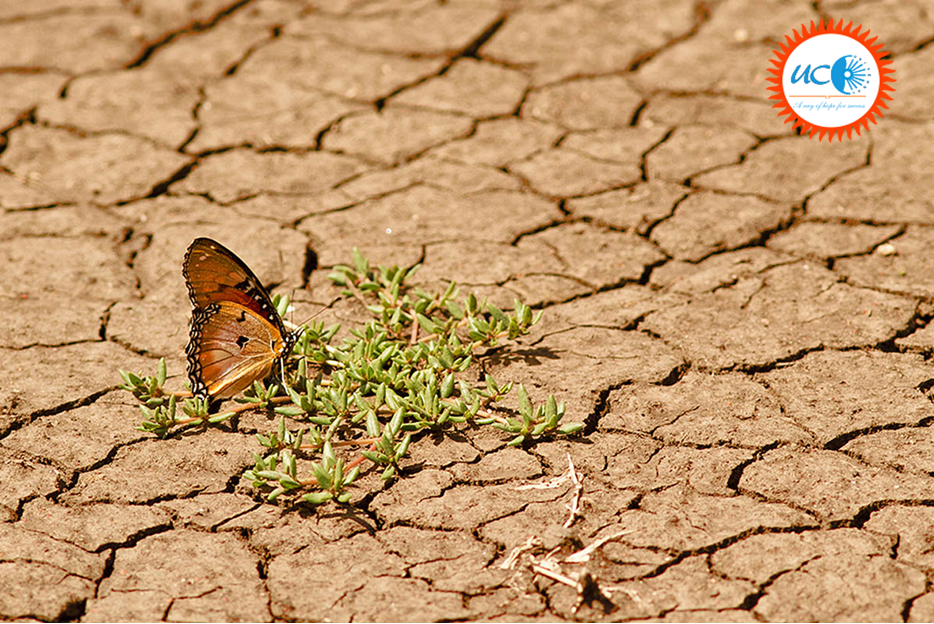The process of desertification does not have climate boundaries. Justify with examples.
Answer: The UN Convention to Combat Desertification (UNCCD) defines desertification as land degradation in arid, semi-arid, and dry sub-humid areas resulting from various factors, including climatic variations and human activities. It encompasses far beyond the world’s deserts, defying climate boundaries.
The vulnerability of land to desertification is mainly due to the climate, the topography, the state of the soil, the natural vegetation, and the ways in which these resources are used.
Climate Change: Changing rain pattern, warming of land temperature, frequent flood and drought are degrading the vegetation of a particular area, thus, gradually leading to desertification.
Loss of Natural Vegetation: Activities like deforestation, extensive exploitation and grazing of grassland are loosening the soil resulting in soil erosion. Further, soil erosion is a global phenomenon that affects almost all major biomes in the world.
Urbanization: Urbanization isincreasing at a rapid pace. Even in India, almost 50% ofthe population is expected to live in urban areas, by 2050. As urbanization increases, the demand for resources increases, drawing more resources and leaving lands that easily succumb to desertification.
Desertification knows no climate boundaries
According to Food and Agricultural Organisation (FAO), desertification affects about two-thirds of the countries of the world and one-third of the earth’s land surface, on which approximately one billion people live.
Desertification is a worldwide phenomenon. It does not concern only the natural deserts, and can occur on such lands which are vulnerable to the desertification process.
Two-thirds of the African continent is desert or drylands. The region is affected by frequent droughts, which have been particularly severe in recent years in the Horn of Africa and the Sahel.There are expanding deserts in China, India, encroaching sand dunes in Syria, steeply eroded mountain slopes of Nepal and overgrazed grassland in central Asian counties. In terms of the number of people affected by desertification and drought, Asia is the most severely affected continent.
Well known for rainforests, Latin America and the Caribbean (LAC) are actually about one-fourth desert and drylands. These regions are particularly affected by land degradation, which is a factor in the vicious circle of land overexploitation, degradation, increased demands on production, greater poverty, food insecurity and migration.
As can be seen from the above arguments, desertification and its impacts are not restricted to certain climatic boundaries. That’s why UNCCD describes desertification as one of the greatest environmental challenges of our time and it must be tackled in a holistic manner.





